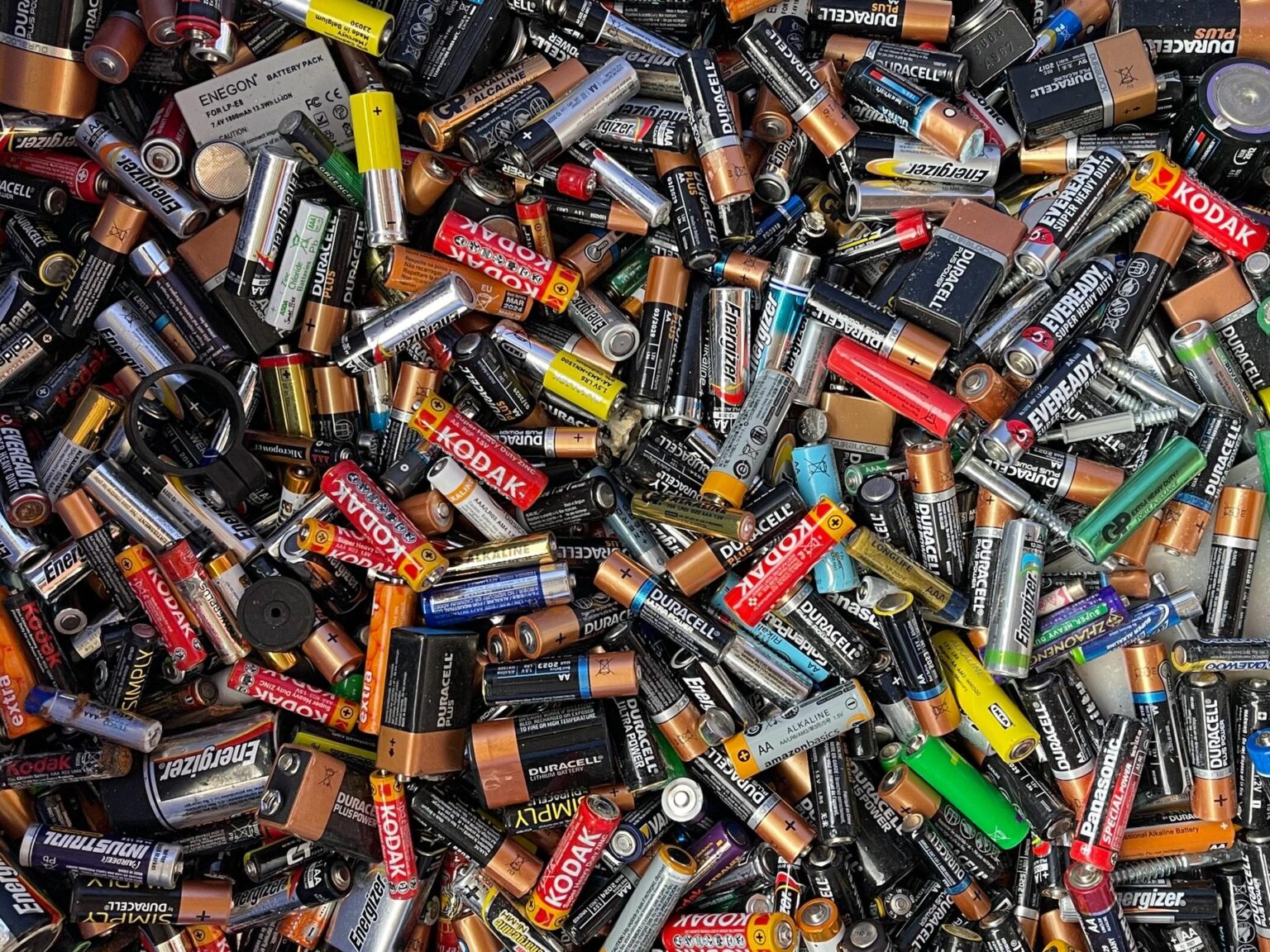Electronic equipment makes our world a better place. From laundry machines to televisions to smartphones – electric and electronic devices help us get more done and share experiences with others.
But all that convenience comes at a terrible cost. Every year, we generate millions of tons of electronic waste (e-waste). Getting rid of it isn’t easy. Electronic equipment consists of a complex mix of materials that are tricky to extract. Burying or burning e-waste creates pollution problems where dangerous chemicals seep into the ground or air.
If we responsibly manage e-waste, it’s great for our environment and the impact of manufacturing the gadgets we use. So, how can we responsibly dispose of e-waste?
What is e-waste?
Let’s first define e-waste. You might imagine phones and computers – things that contain circuit boards – and you’d be right. But the broadest definition is everything that runs on electricity or makes up a part of such a device. That includes batteries, light bulbs, refrigerators, toasters, power cables, electronic toys, and much more.
And we make a lot of e-waste. The world generates around 50 million metric tonnes of electronic components every year – that’s about the same weight as all the commercial aircraft ever made! In South Africa, we annually create around 6.2 kilograms of e-waste for every person.
Recycling and disposing of e-waste is complicated. Even a battery consists of many different alloys and materials, including copper, mercury and plastic. E-waste doesn’t biodegrade but instead releases toxins. Burning e-waste is not good – imagine burning plastic, but much worse.
Dumping e-waste is a bad idea and very wasteful. The World Economic Forum worked out that the value of material stuck in e-waste is more than the GDPs of most countries. For every million mobile phones we can recycle, we’d recover roughly 16,000 kilograms of copper, 350 kilograms of silver, 34 kilograms of gold and 15 kilograms of palladium.
But only a fifth of global e-waste is recycled. The rest get burned or buried. It’s a huge and unnecessary waste. If we all do our part, we can reduce that waste and get more devices in the hands of more people.
How to dispose of e-waste
There are two ways to get rid of e-waste. The first way is refurbishment. Ironically, a lot of e-waste is old devices that are no longer useful to some people. Companies such as Sims Lifecycle and WeFix have refurbishment programmes where you can donate old devices. You can also reach out to charities like ComputerAid to find out if your devices can be reused.
If the device is too old or broken, you can send it for recycling. Vodacom’s Red Love Green initiative provides recycle bins at selected Vodacom stores where you can leave your old electronics. You can also find such bins at stores such as WeFix and Makro, and major malls often have e-waste recycling bins.
If you are not close to such a location, or maybe you have a lot of e-waste to get rid of, you can reach out to professional e-waste handling companies. Many are represented by the e-Waste Association of South Africa (eWASA), which will provide information on its members. You can also search online for e-waste companies in South Africa: there are quite a few, and many will collect your e-waste for free. And some official landfills also accept e-waste – check your local landfill sites to see which allow you to leave e-waste there for recycling.
Don’t throw that old DVD player, broken headset, obsolete phone or power cable into the bin. Do your bit for the environment and recycle. Refurbishing and recycling e-waste creates jobs, reduces pollution, reduces environmental damage, and even gives someone a chance to be a part of the digital world. If all it takes is to visit your nearest e-waste recycling bin, why not? Recycling e-waste does a world of good and lets you enjoy your next gadget guilt-free!
For more tips on going green as well as how Vodacom is helping to save our planet, visit our sustainability page on the Vodacom website.
Cover images by Getty Images



